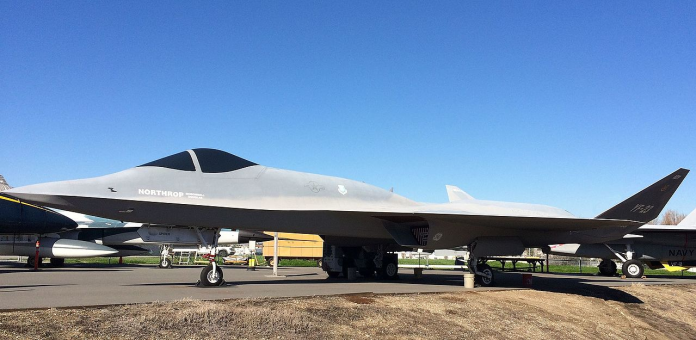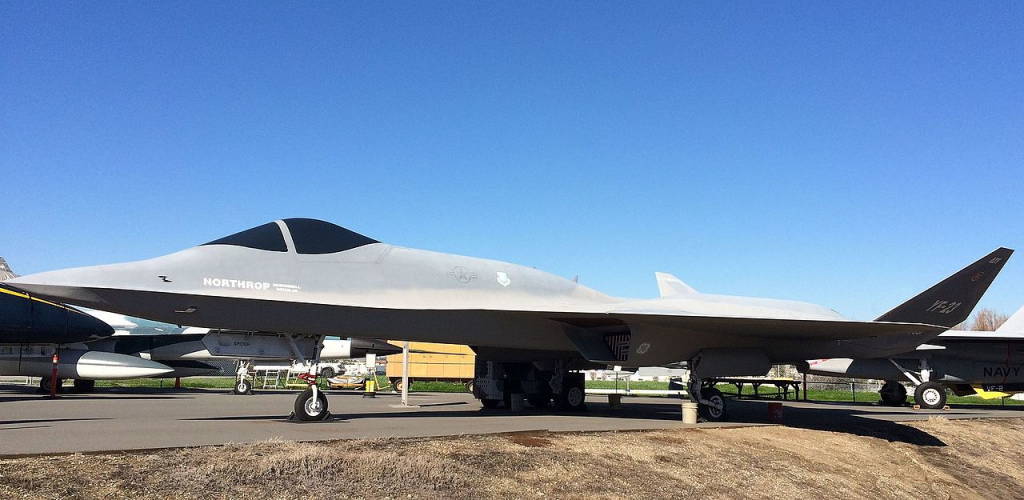
How can a fighter plane that lost a contest thirty years ago continue to influence the most fiercely debated naval aviations program of the present? The reason is that the YF-23 Black Widow II represented a one-of-a-kind combination of stealth lines, range, and supercruise effectiveness requirements that can still have life on the flight decks of U.S. carrier ships.
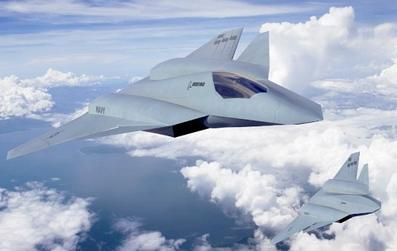
1. The Political Crossfire Over F/A-XX
The F/A-XX sixth-generation fighter program of the Navy is where strategic need meets political opposition. The Department of Defense attempted to put it on hold in favor of the Air Force F-47 based on capacity needs within industry. Congress has resisted, with the Senate Appropriations Committee authorizing $1.4 billion to maintain its development. For the Navy, the requirement is existential: without a survivable, longer-range carrier air fighter, its air wings simply won’t survive outside the DF-21D and DF-26 killing envelope of China’s anti-ship ballistic missiles.
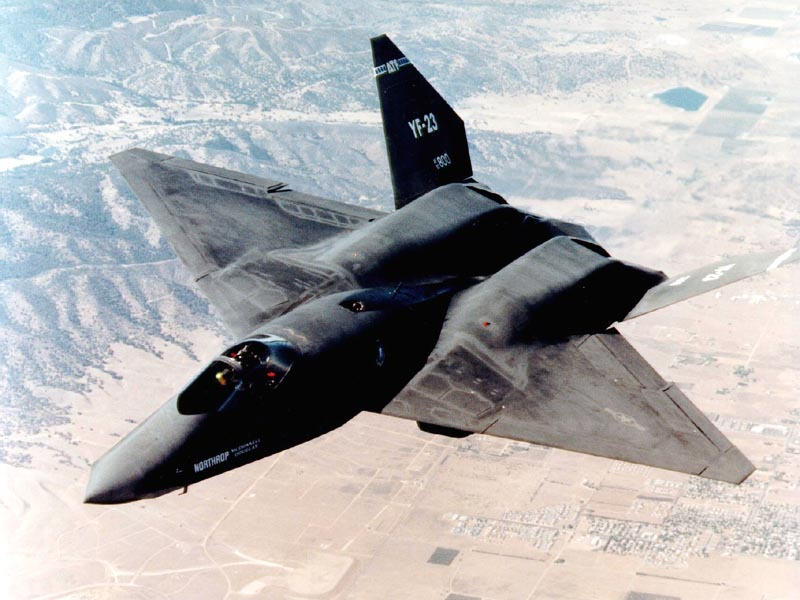
2. The YF-23’s Enduring Allure
Northrop Grumman’s recently unveiled F/A-XX concept art weaves design DNA from its 1990s YF-23 demonstrator. The latter are seen particularly in nose and canopy shaping to minimize radar cross-section (RCS), a technology that combines planform alignment, edge treatments, and radar-absorbent materials to scatter or absorb incoming radar energy. The initial YF-23 even employed diamond wings and low-canted “ruddervators” to reduce side and rear radar returns features the F-22 Raptor did not have and which eventually won the Advanced Tactical Fighter (ATF) competition.
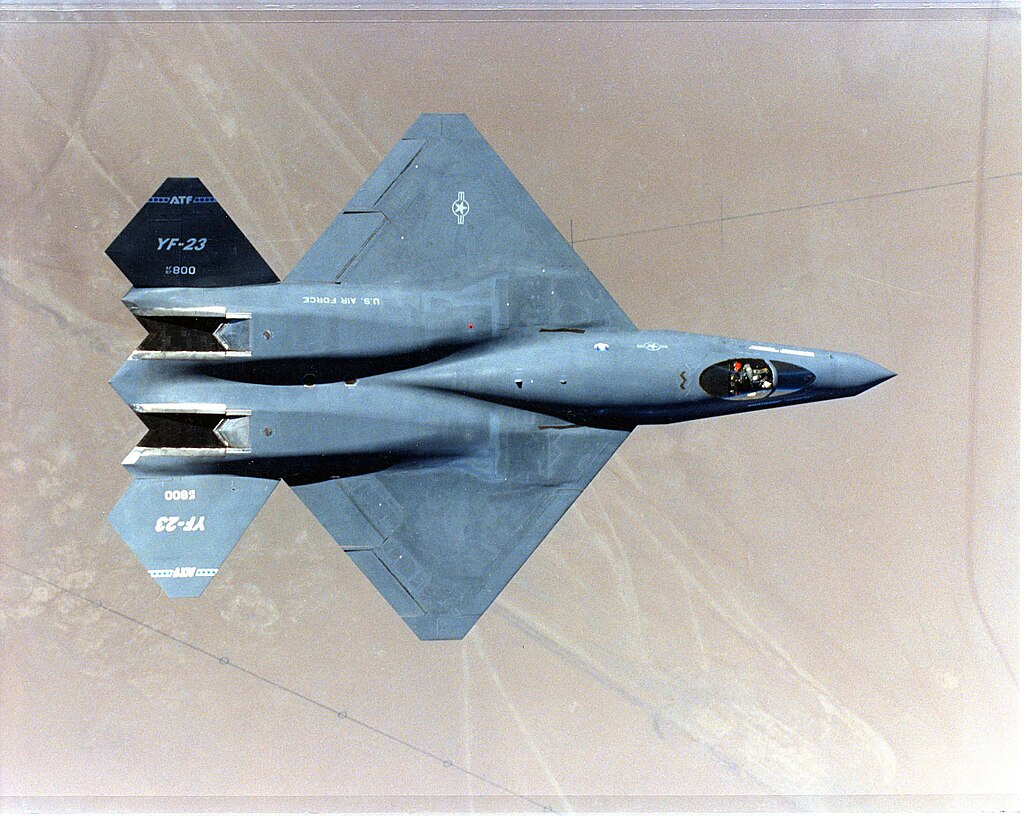
3. Stealth and Supercruise: Years Ahead of Its Time
Flight testing in 1990–91 discovered that the YF-23 featured a smaller overall RCS than the YF-22, particularly from the sides and rear, and could sustain supercruise speeds above Mach 1.5 at supersonic conditions without afterburners. Its GE YF120 adaptive-cycle engine variant was described as being efficient over several power settings, a theory now set to return in sixth-generation propulsion research. The aircraft’s planform minimized drag, permitting greater unrefueled range a feature that is extremely attractive to the Pacific theater missions of today.
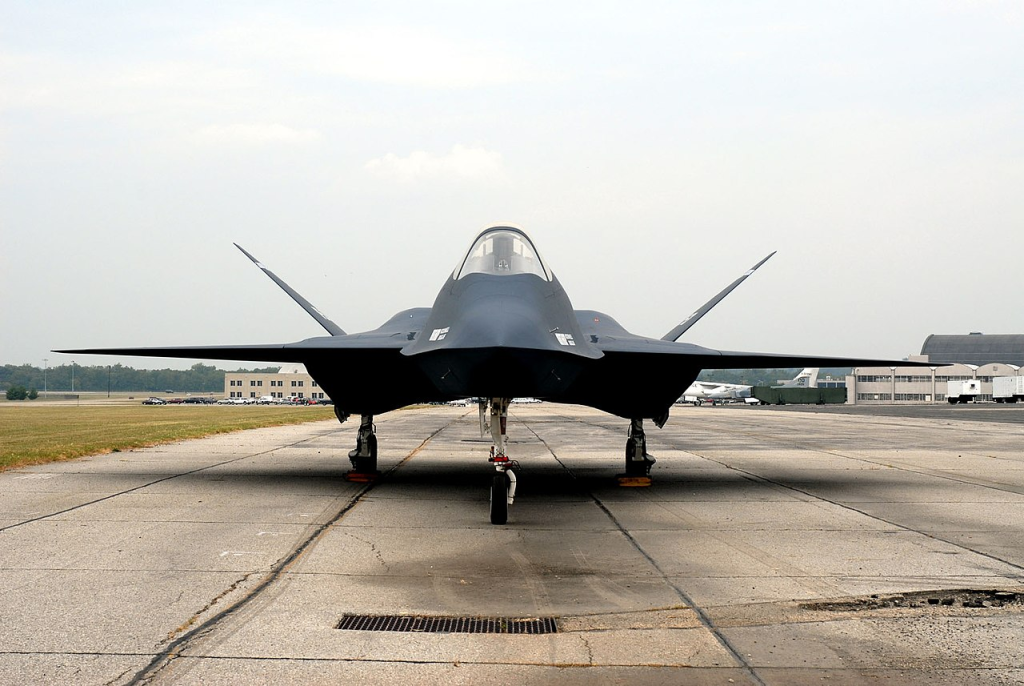
4. Why the Black Widow Lost
Despite with many positive aspects, the YF-23 was not as maneuverable. The YF-22’s thrust-vectoring nozzles and increased number of test sorties impressed test subjects concerned with in-visual-range maneuverability, a focus of the majority of air-to-air victories still taking place at close range throughout the early 1990s. Lockheed’s offering was also considered lower-risk, more integrated, and politically beneficial to maintaining its fighter production line. As a follow-on computer-generated creative solution proposed, the two designs were so closely matched that the decision could have been one of the closest in Air Force history.
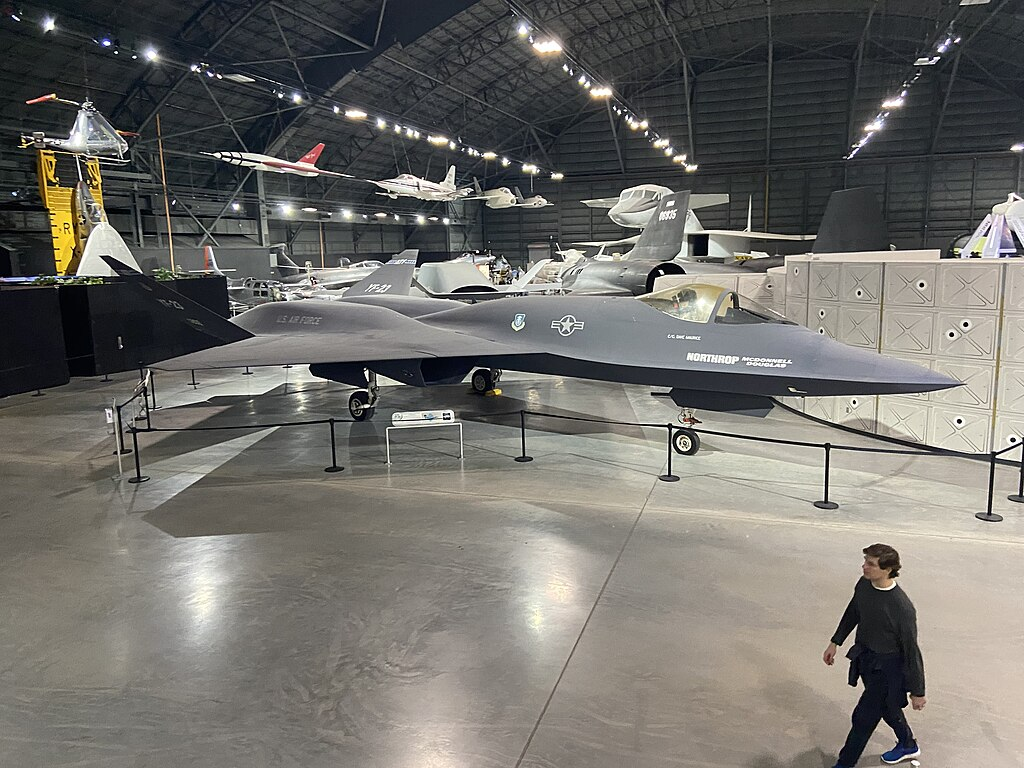
5. NATF-23: The Carrier Variant That Never Flew
The NATF-23 design by Northrop modified the YF-23 to operate from carriers. This involved reducing the fuselage for Nimitz-class elevator housing, extending and folding diamond wings, supplementing with canted canards for low-speed lift, and incorporating thrust-vectoring for better approach management. The weapons bay was bisected in order to accommodate a centerline pylon for heavy naval missiles. A wind tunnel model was tested intensively but budget cuts and changing priorities canceled the project along with the A-12 stealth fighter. The Navy would have to wait almost 30 years for its first stealth fighter, the F-35C.
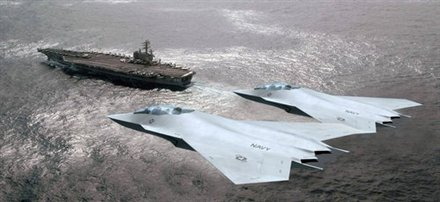
6. The F/A-XX Vision
The Navy has made public statements only of generic requirements: multi-mission capability, carrier-based Collaborative Combat Aircraft (CCA) drone compatibility, and at least a 25% increase in range over existing fighters. That is, a combat range of more than 750 nautical miles still not what some analysts had in mind but significantly better. It will have folding wings, strengthened landing gear, and corrosion-proof structures, but at low observability. Whether it will use adaptive-cycle motors for supersonic cruise without fatigue or not is to be determined.
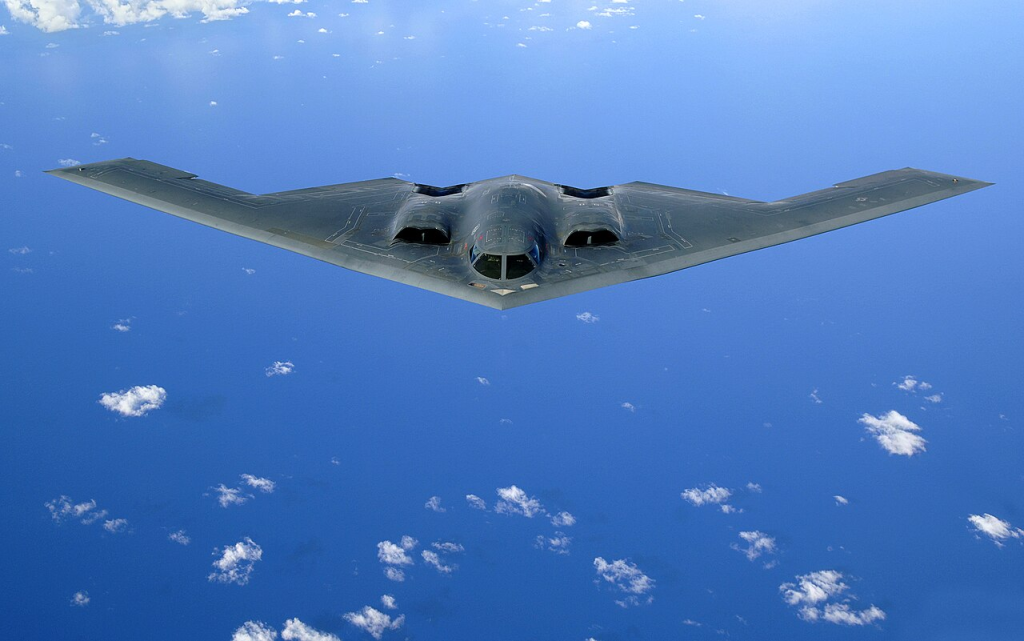
7. The CCA Factor
The Navy’s surprise award of five CCA concept contracts to Anduril, Boeing, General Atomics, Lockheed Martin, and Northrop Grumman has the potential to redefine the F/A-XX mission. CCAs are considered unmanned, modular platforms that would execute ISR, strike, and air-to-air missions, controlled by manned fighters. They could allow F/A-XX to be a networked command node, extending sensor range and weapons engagement ranges. Critics caution that CCA funding may undermine manned fighter development.
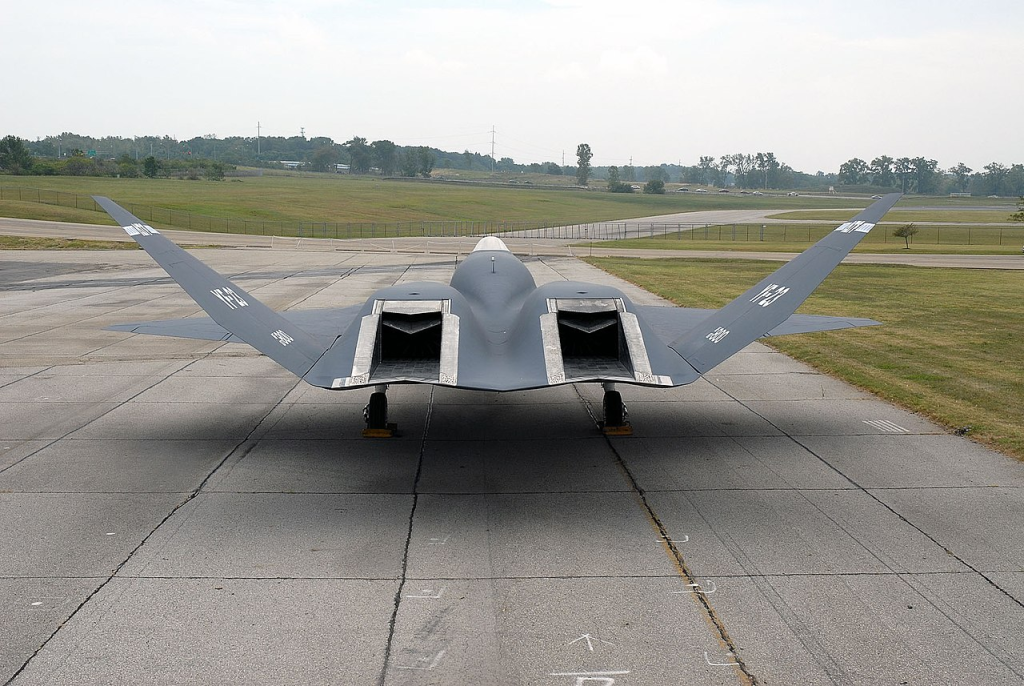
8. Stealth Material Science and Naval Challenges
Stealth conversion to a carrier environment is no easy task. Shipboard activities subject airframes to saltwater corrosion, which means high-performance composite coatings and sealants to maintain radar-absorbent properties through multiple deck landings. Engine intakes need to be protected to suppress radar and infrared returns while withstanding ingestion of salt spray. The YF-23’s flush intakes and serpentine ducts were designed for land-based applications; navalization would need redesign for maintainability and longevity at the expense of low observability.
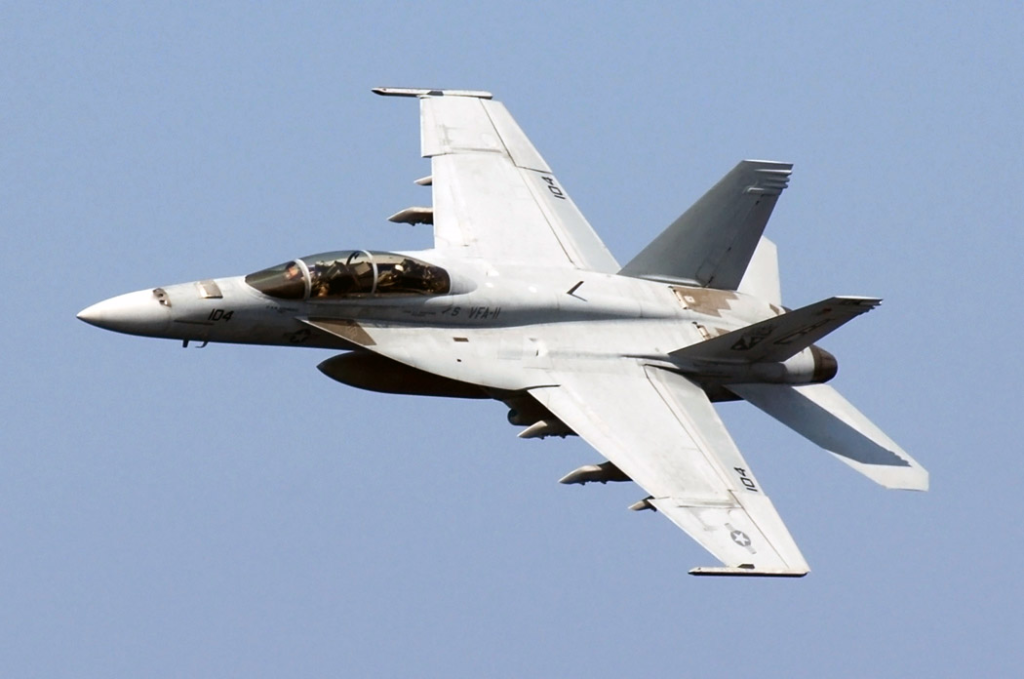
9. Industrial Capacity and Strategic Risk
Industry refutes the Pentagon argument that it cannot make two sixth-generation fighters simultaneously with past instances of simultaneous programs. But combining developing engines, next-generation avionics, and stealth in two distinct airframes is a new thing. For the Navy, a slip on F/A-XX threatens to prolong dependence on F/A-18E/Fs with a 370-mile radius, pushing carriers into adversary missile arcs.
The question now is whether Northrop Grumman’s offer possibly sullied by the YF-23’s stealth pedigree is robust enough to withstand the budgeting furnace. If so, the Black Widow’s darkness may at last descend upon a carrier deck, three decades after its maiden flight over the Mojave Desert.
